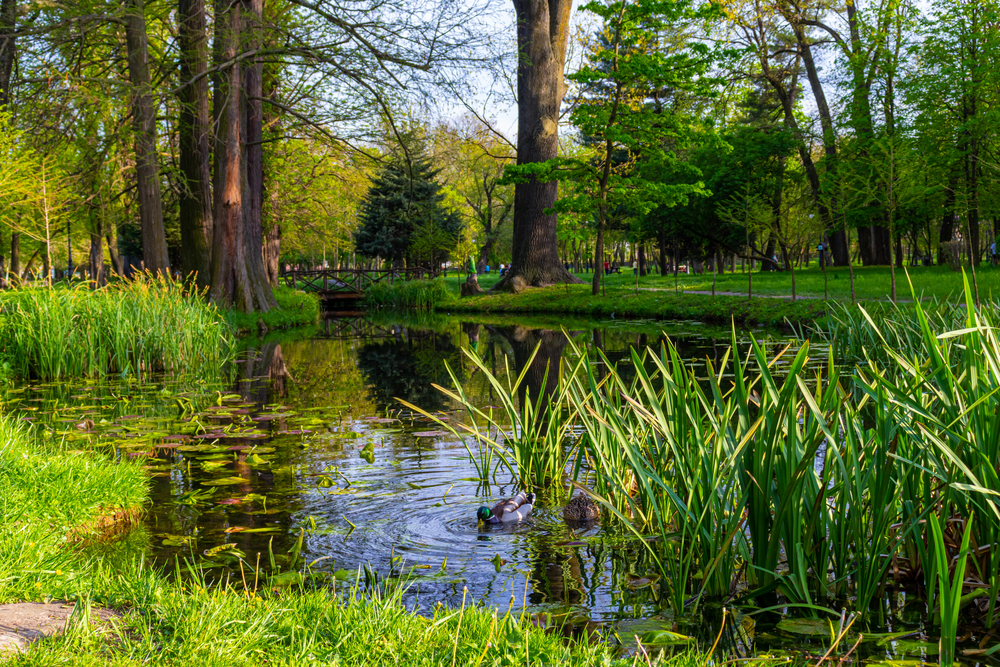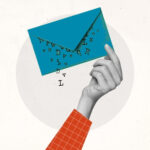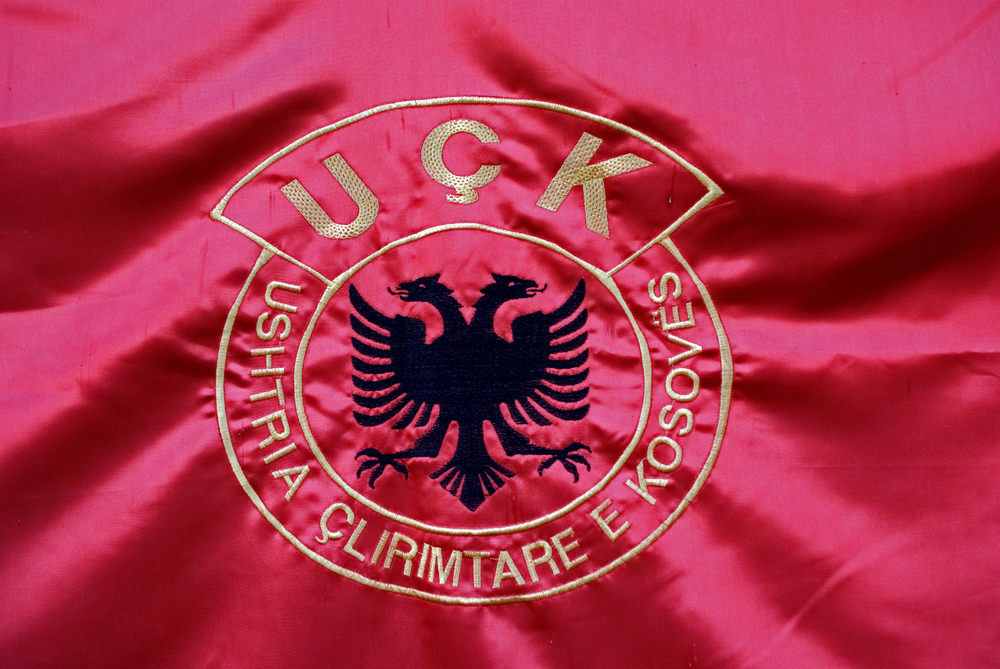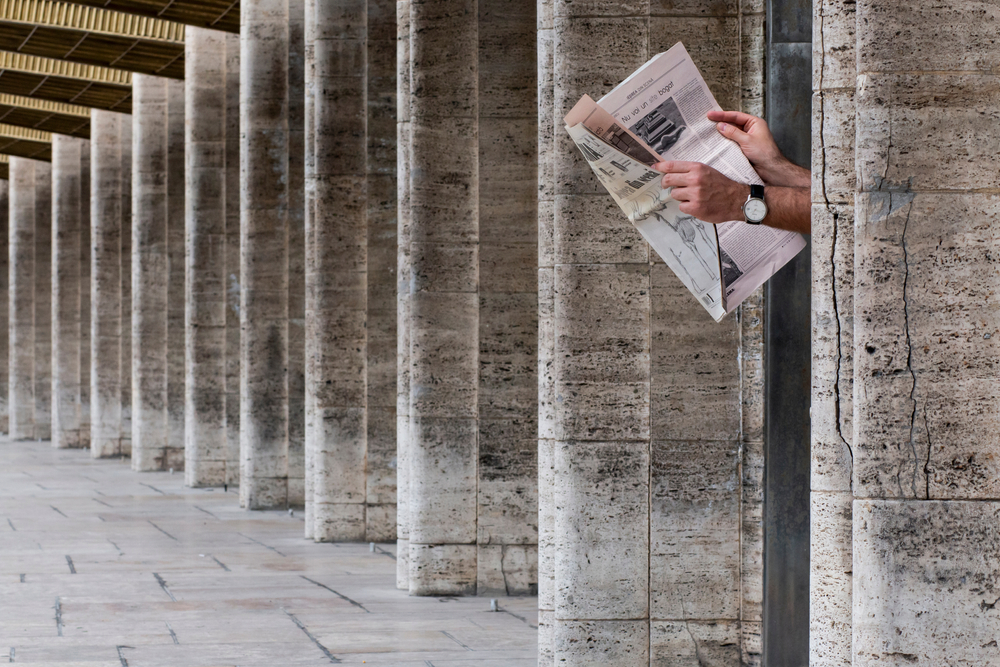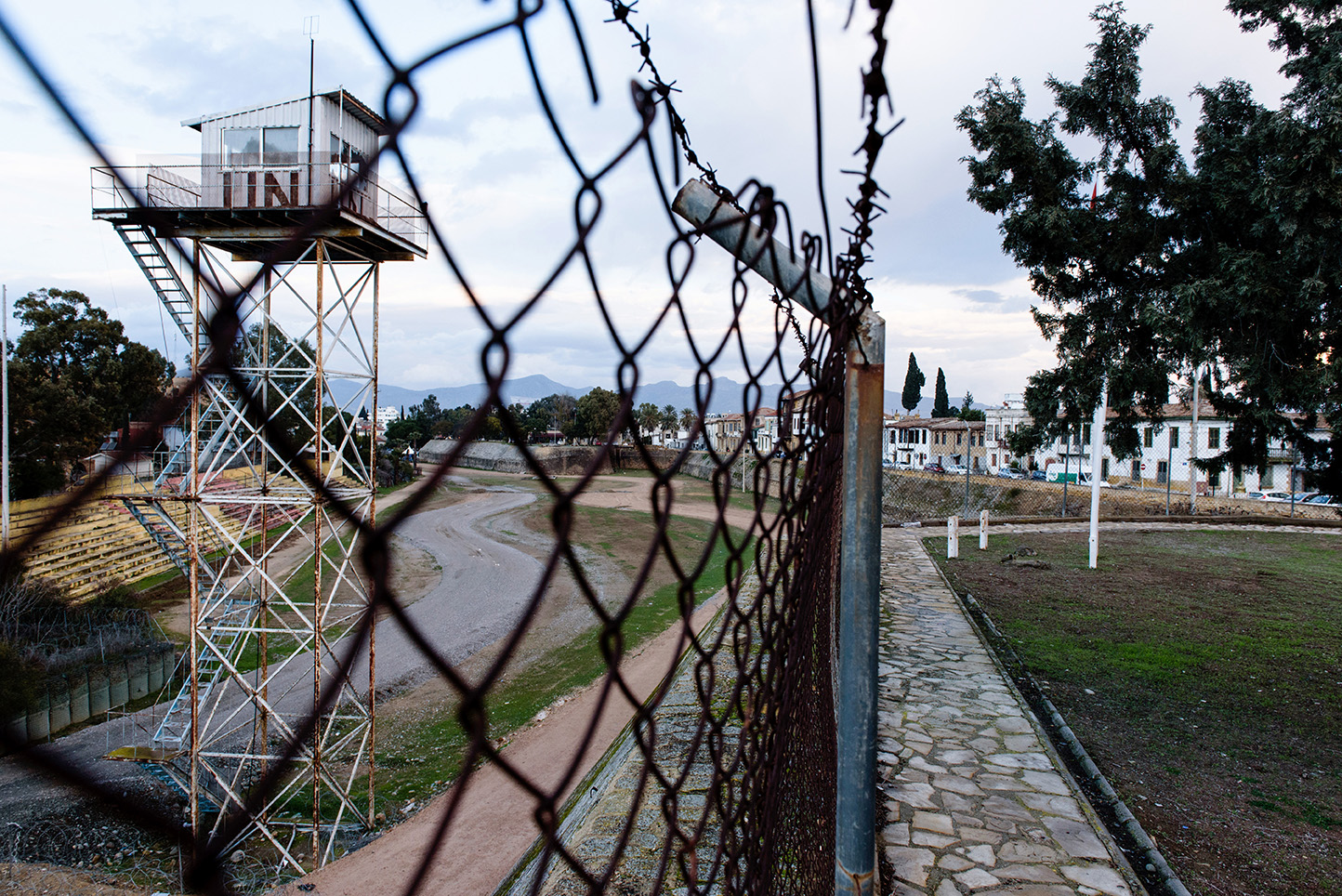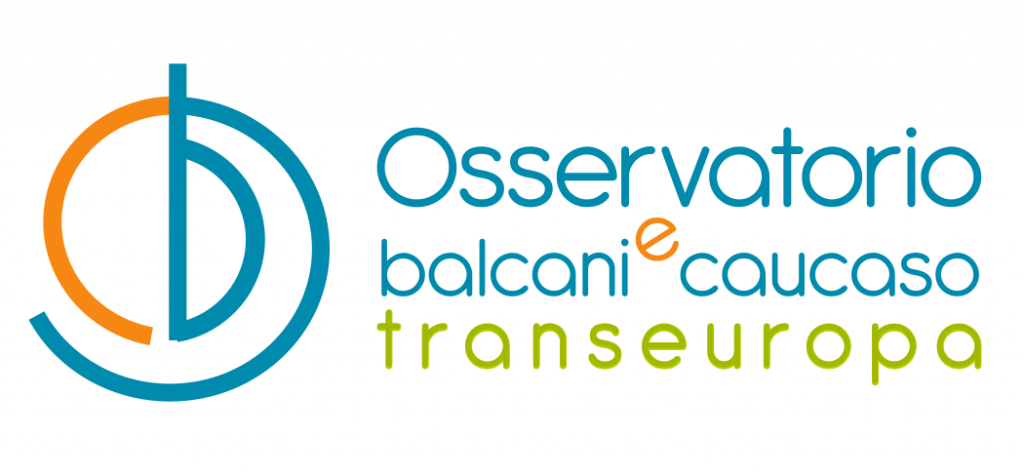Craiova, a city to discover
A city that does not advertise itself, but is worth discovering: Craiova, the historic capital of Oltenia. Little-known even in Romania, it offers a rich cultural life, a unique atmosphere, and the jewel of Romanescu City Park
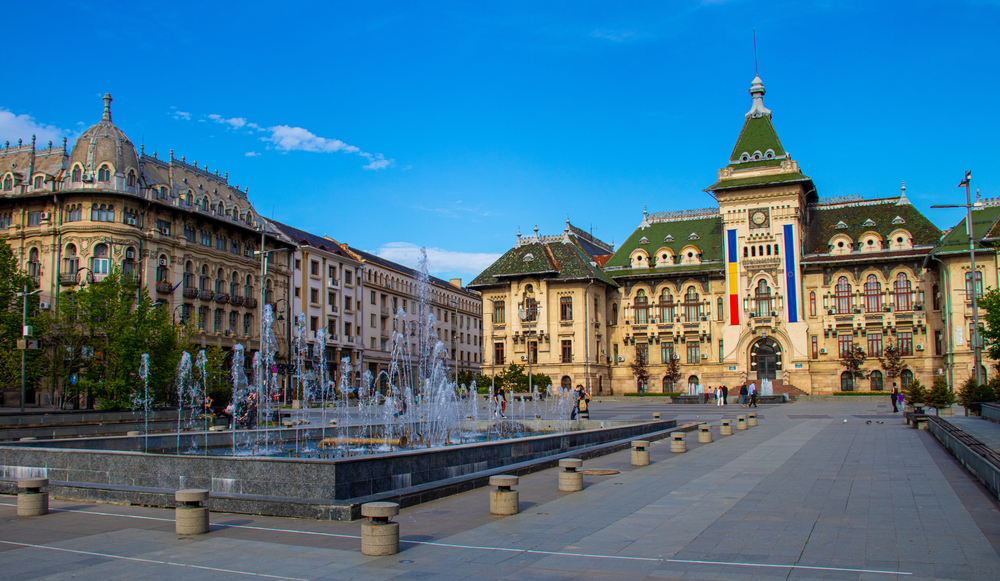
Craiova-una-citta-da-scoprire
Craiova, Romania - © Oanea/Shutterstock
In recent weeks, an article published by Forbes surprised many: at the top of the list of most recommended cultural sites in Europe wasn’t Paris, London, or Florence—it was Craiova, a city in southwest Romania. Yes, Craiova, followed by cities like Girona, Bilbao, Athens, The Hague, Salzburg, Basel… better-known, perhaps more obvious names, at least on paper.
The truth? Craiova is certainly not the first city that comes to mind when it comes to European tourism. Nor, to be honest, Romanian tourism. If you ask anyone, "What’s a city worth visiting in Romania?" It’s unlikely anyone will immediately answer "Craiova." And yet…
I still remember my first encounter with this city, at a time when we were all beginning to rediscover the country with a fresh perspective. The first image? A huge square full of stalls and second-hand items—a paradise in the 2000s, when many products were still hard to find in Romania. Then there’s the memorial house of the great actor Amza Pelea, which is almost an institution in Craiova. And the zoo: one of the oldest in Romania, still free admission — a rarity — and one of the few in the heart of a city.
The zoo is still there, and has even improved in the meantime: new specimens, more care, more attention. I’ve never been a fan of cages, I admit, but I must say the place has a charm that’s hard to deny.
Perhaps, after all, Forbes is right. Perhaps a noteworthy cultural destination is also one that doesn’t follow the usual rules of glossy beauty or perfect tourist offerings. Perhaps it’s precisely the one that surprises you, little by little, when you lower your expectations and let yourself be piqued.
According to Forbes, Craiova — despite being less well-known and less visited than the capital Bucharest or other Romanian cities — deserves the attention of those seeking an off-the-beaten-path cultural city break thanks to a surprising variety of events throughout the year.
Among these is the Shakespeare Festival, an international event dedicated to drama, which annually attracts theater companies from around the world. For electronic music lovers, June brings the IntenCity Festival, a large open-air event that lights up the city with DJ sets and concerts. And in August comes the colorful Puppets Occupy Street, an urban festival that brings giant puppets and interactive shows for all ages to the streets.
Craiova also has a deep connection with one of the most important figures in 20th-century art: Constantin Brâncuși. The sculptor studied right here, at the city’s School of Arts and Crafts.
His works are now found in the world’s greatest museums — from the Metropolitan Museum in New York to the Pompidou in Paris to the Tate Modern in London — but it’s also in Craiova that you can discover something more intimate about his career. A must-see is the Brâncuși Center, which offers a glimpse into his life, along with the Art Museum, which houses some of his most significant works.
A festival, a museum, a work by Brâncuși: a wonderful dive into Romanian culture. But let’s go further.
Why Craiova? What else makes it a city worth discovering?
Craiova’s past is written on its walls and alleys, but it doesn’t flaunt it: it discreetly recounts it to those who are willing to listen. Its roots date back to the Dacian era, but it really began to matter in the Middle Ages, when it became the stronghold of the powerful Craiovești family.
From then on, the city exploded with life: in the 16th century, it became the de facto capital of modern-day Oltenia. Despite wars, fires, and invasions, Craiova has always found a way to get back on its feet. And not only that: it also played an important role in the Romanian Renaissance. It’s a city that has never surrendered, and perhaps it’s precisely this quiet strength that makes it so fascinating.
The city blends architectural styles and influences. The elegant 19th-century neoclassical and baroque buildings, such as the City Hall — the former Prefecture Palace — with domes and columns with striking details, and the Carol I National College, founded in 1826 and known for its imposing architecture and clock tower, speak of an era of elegance. On the other hand, the solid Brutalist buildings, such as the Marin Sorescu National Theater, leave traces of the communist era.
Among the Orthodox places of worship are the Madona Dudu Church and the Cathedral of Saint Demetrius, rebuilt between 1889 and 1933, but present on the site since the 15th century.
What’s the must-see site in Craiova?
It’s Nicolae Romanescu Park. One of the largest and most fascinating urban parks in Europe, a true masterpiece of landscape architecture. It was designed between 1897 and 1903 by French architect Édouard Redont, at the initiative of Mayor Nicolae Romanescu. The park covers approximately 96 hectares, includes a 4-hectare lake, over 35 km of trails, and more than 250 tree species, some of which are rare or exotic.
The project was presented at the 1900 Paris Universal Exhibition, where it received the gold medal, a recognition of its artistic and innovative value. Among the main attractions are the Suspension Bridge, which connects two hills and offers a panoramic view of the surrounding landscape; the Enchanted Castle, a romantic structure that originally concealed a water tower; and the zoo, one of the oldest in Romania. The park also includes a hippodrome, inaugurated in 1903, which has played a significant role in the city’s social and economic life.
Beyond its natural and architectural beauty, Nicolae Romanescu Park is a meeting and leisure place for residents and tourists, offering spaces for cultural events, recreational activities, and relaxation. Its unique combination of landscape elements and historic structures makes it a must-see for anyone visiting Craiova.
Then, of course, there’s the increasingly well-maintained historic center, with bohemian cafés, small boutiques, and squares where you can sit and enjoy the weather. And for those seeking a local touch, a stroll through the Central Market (Piata Centrala) is an immersion in the flavors of Oltenia: seasonal fruit, traditional cheeses, honey, and that infectious energy that only an authentic market can offer.
Craiova International Airport (CRA) is well connected to numerous European cities, with direct and low-cost flights. Another plus for a last-minute city break.
Finally, beyond Forbes rankings or other opinions, it must be said that Craiova doesn’t take itself too seriously, but has a lot to offer: just let your curiosity guide you.
This publication has been produced within the Collaborative and Investigative Journalism Initiative (CIJI ), a project co-funded by the European Commission. The contents of this publication are the sole responsibility of Osservatorio Balcani Caucaso Transeuropa and do not reflect the views of the European Union. Go to the project page

